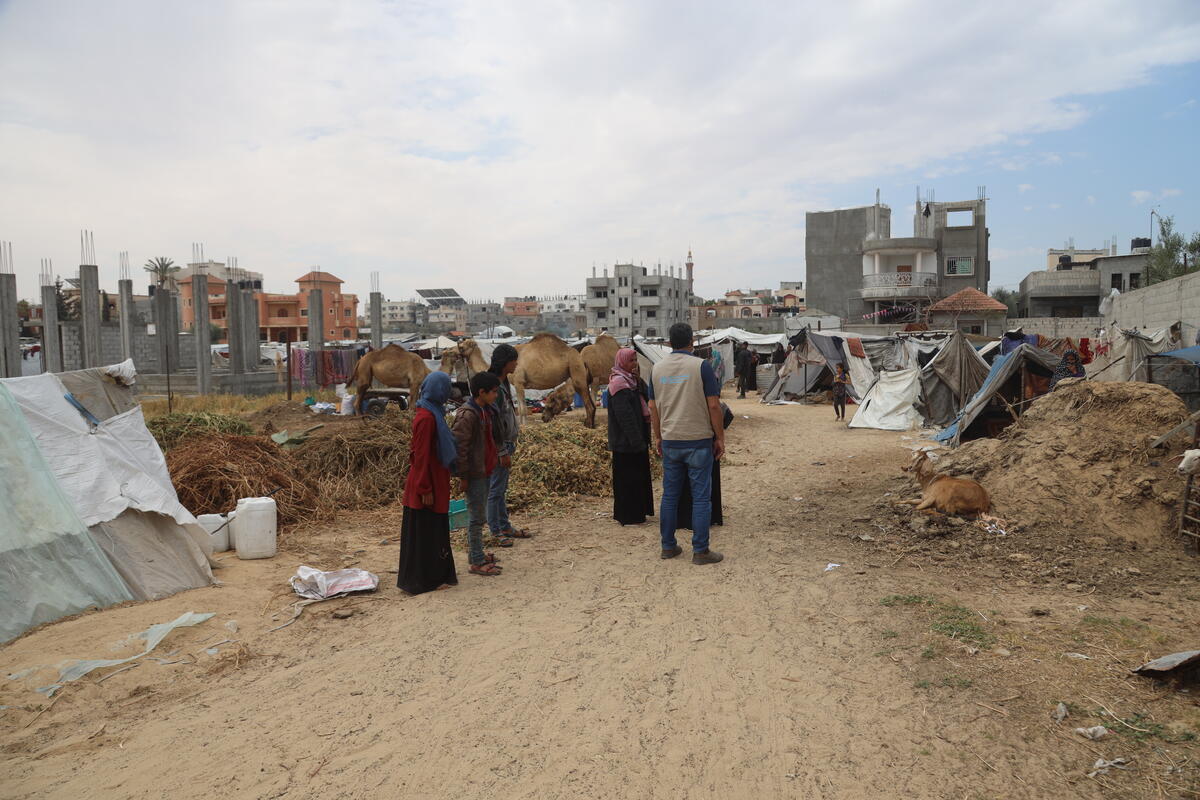Early on in the coronavirus pandemic, three of the most widely disseminated public health messages centered on social distancing, identifying high-risk groups, and daily infection and death rates.
Each message conveyed important information but also was interpreted in ways potentially counterproductive to the goal of protecting vulnerable populations. Some residents of lower-density communities and younger people inferred they were at low risk and didn’t need to observe distancing guidelines, while the emphasis on infections and deaths – not negative tests and recoveries – heightened anxiety, research shows.
“Any message, even something as simple as ‘stay at home,’ will inevitably have unintended effects,” said Dominic Balog-Way, a postdoctoral researcher in the Department of Communication. “If risk communicators, like public health authorities, evaluate messages – and that doesn’t have to be expensive, it doesn’t have to be difficult – then they can stay ahead of the problem.”
Balog-Way is the co-author with Katherine McComas, professor of communication and vice provost for engagement and land-grant affairs, of “COVID-19: Reflections on Trust, Tradeoffs, and Preparedness,” a rapid-response article published April 27 in the Journal of Risk Research.
The scholars identified those three themes as the most relevant to ongoing COVID-19 risk communication and offered recommendations, based on their own past research and substantial literature analyzing disease outbreaks, including SARS, swine flu and Ebola.
Trust obviously is critical to persuading the public to adopt interventions like social distancing and stay-at-home orders. But the many uncertainties surrounding the coronavirus and a flood of official briefings and media coverage resulted in a “fog of pandemic,” the authors said, with frequently changing messages about the threat the virus posed and need for precautions such as masks.
A key component, they said, is “effective transparency” that helps audiences understand scientific consensus alongside uncertainties.
“Without careful communication,” the authors wrote, “there is no real transparency: Data and risk information will continue to be hidden in plain sight.”
Two strategies have helped elected officials establish trust, they said: offering personal messages that convey empathy; and aligning with trusted scientific experts, such as Dr. Anthony Fauci, M.D. ’66, director of the U.S. National Institute of Allergy and Infectious Diseases.
Regarding tradeoffs and unintended consequences, Balog-Way and McComas advise risk communicators to shift from a focus on crafting the best possible message to understanding each message’s pros and cons, and from relying on intuition to evaluating results.
“It’s something you can do even while you’re in the middle of a crisis,” Balog-Way said.
Not so with preparedness. Before a crisis strikes, the authors said, organizations should strive to develop trusted, long-term relationships with key officials and journalists; build baseline and surge capacities; and design clearly structured systems.
Because pandemics are rare and unpredictable, the authors said, it pays to embed risk communication expertise at strategic levels early and exercise that capability with more regular events, like seasonal flu or a product safety recall.
“You don’t have to be prepared for a pandemic every day,” Balog-Way said, “but when you’ve got that expertise, when you’ve got those trusted relationships already, you can gather your resources and respond quickly.”
Such long-term planning can be challenging for governments focused on near-term threats and policy priorities. In the U.K., the authors noted, a senior scientific advisor said it had been “impossible” to fund recommendations from a recent report on biological security; in the U.S., the Trump administration in 2018 disbanded the National Security Council unit responsible for pandemic response.
But rather than judging the early handling of the COVID-19 pandemic, Balog-Way said, the authors sought to provide recommendations that could prove useful in the midst of this crisis and in readying for the next one.
“Although we can’t go back in time and improve our preparedness for the current pandemic,” he said. “COVID-19 presents an important opportunity to think about how we can improve risk communication going forward.”







